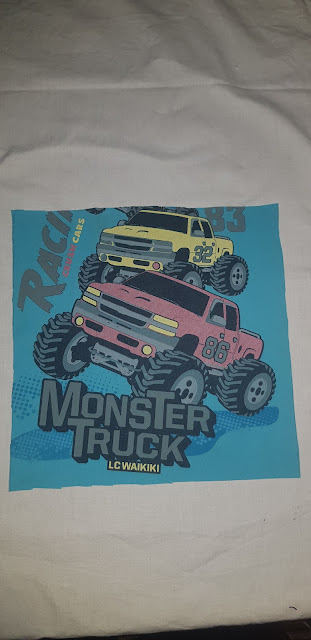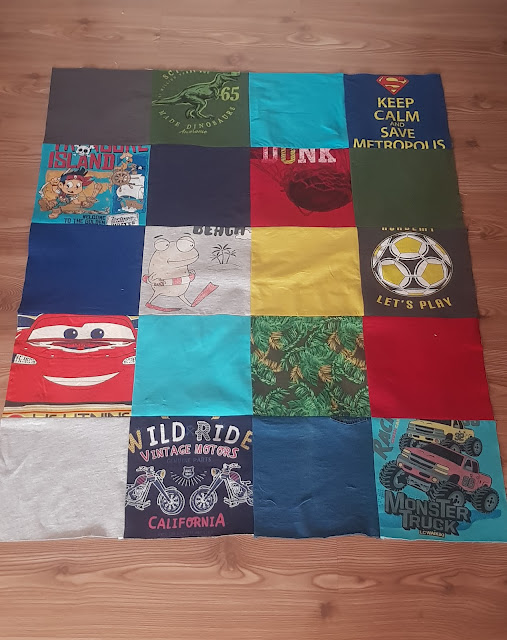Ribbon Star Quilt Block
The Ribbon Star Quilt Block is a basic pattern which is easy to make and fun. It is perfect for beginners. It is a four patch block made by using half-square triangles. It is usually made with two or three fabrics; one is for cabkground and one or two for ribbons. Here I used two facrics. You can even use four different fabrics for each ribbon patch. It is up to you. After deciding and choosing your fabrics, we are ready to start.
Cutting Instructions
- Cut 6 pieces 3.75" squares for ribbons (if you choose two different fabrics, cut 3 pieces of 3.75" squares of each fabric)
- Cut 6 pieces 3.75" squares for backgroud fabric (white)
- Cut 4 pieces 3.25" squares for background fabric (white)
Step-by-step Tutorial
Step 1: Make the half-square triangle (HST) units
- Draw a diagonal line on 3.75" light fabric from one corner to the other side. Place a light and dark fabric right sides together.
- Sew along on both sides of the diagonal line with 1/4" seam allowance.
- Cut along the line using a ruler and rotary cutter.
- Press the seams open and trin the block to 3.25" if necessary.
Step 2: Assembly the ribbon star
- Arrange your squares in correct layout as shown in the picture below.

.png)












































.jpg)






